20 years after her death: How Princess Diana transformed global attitudes to HIV AIDS
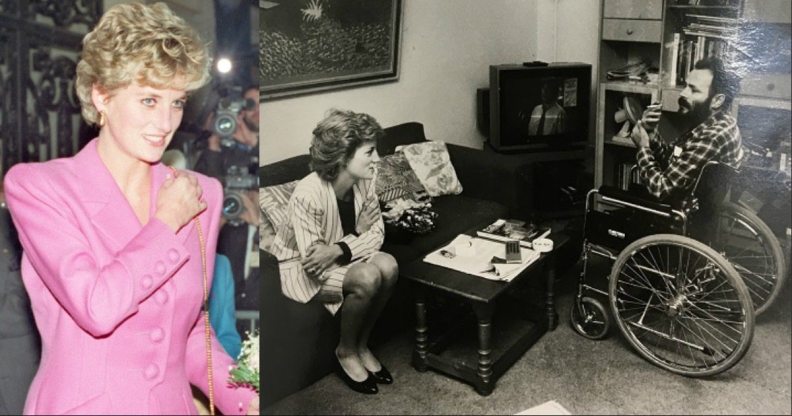
20 years ago Princess Diana was killed.
That car crash in Paris would become one of the biggest news stories of all time, to the extent that, even 20 years on, it dominates headlines across the world.
The news on that fateful night rolled through the early hours of the morning until, at 4:41AM, the BBC announced her death.
As Maxine Mawhinney, who was anchoring BBC News that night, explains in the Independent, she had been told of the death while live on air, via an ear piece, and had to keep it secret from the world for more than an hour.
Her sudden death left millions, of not billions of people reeling.
It also, critically, saw the loss of one one of the greatest advocates for de-stigmatising HIV AIDS positivity the world has known.
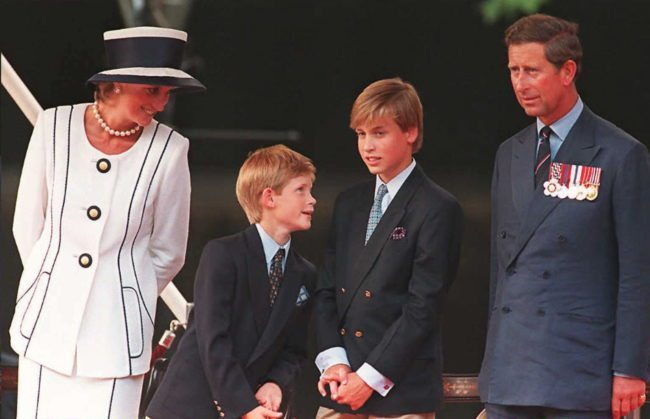
In the 1980s, fear around HIV and AIDS was at its peak – labelled the “gay plague” by the tabloid press.
It was commonly believed that HIV could be passed on simply by touching a person infected with the virus, leaving HIV-positive people shunned.
In April 1987, Princess Diana opened the UK’s first purpose built HIV/AIDS unit, which exclusively cared for patients infected with the virus.
For days before, the visit had been the subject of huge media debate – would she or would she not wear gloves?
When Diana arrived at London Middlesex Hospital, however, there appeared to be no HIV patients for her to meet.
None of the 12 patients present at the time were willing to appear for the gathered press – too fearful of how tabloid media would report their condition.
Eventually one man, who was not far from death, agreed to meet Diana.
In front of the world’s media, Princess Diana shook the hand of a man diagnosed with the illness.
She did so without gloves, publicly challenging the notion that HIV/AIDS could be passed from person to person by touch.
He was photographed from behind, only Diana’s face visible, an HIV-positive man pressing hands with the most famous woman in the world.
That one, small, bold decision brought to light myths about the virus to billions worldwide.
Princess Diana was instrumental in changing the way the world viewed HIV/AIDS. It is 20 years since she died at the age of 36 pic.twitter.com/P9HJsa1TjE
— Channel 4 News (@Channel4News) August 30, 2017
Diana declared: “HIV does not make people dangerous to know. So you can shake their hand and give them a hug, heaven knows they need it.”
She went on to make many visits in her bold attempts to end stigma and help HIV AIDS charities, including visiting London Lighthouse with the Terrence Higgins Trust.
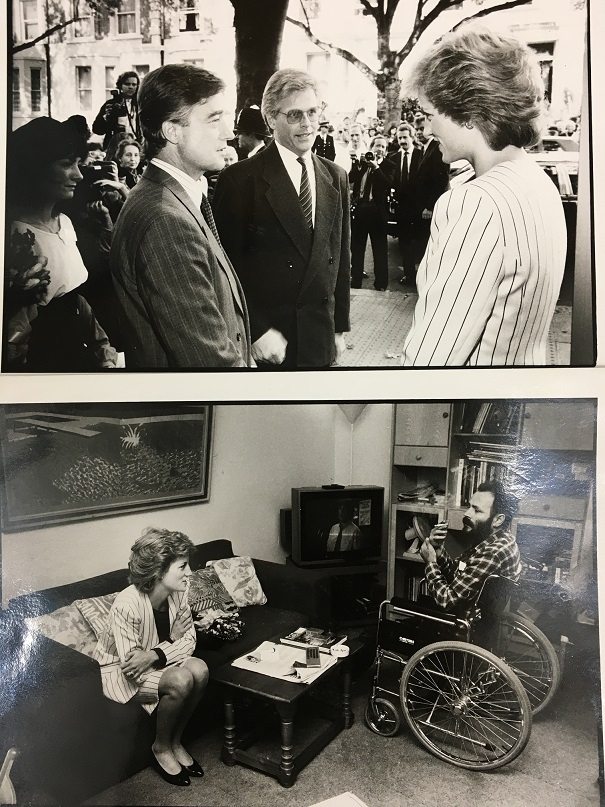
Princess Diana at London Lighthouse (Terrence Higgins Trust)
Ian Green, CEO of sexual health and HIV charity Terrence Higgins Trust, says: “She brought passion to the cause, and did things which were truly remarkable.
“She was the first person of profile who was prepared to shake hands and touch people with HIV, which at the time was seen as a risk.
“This statement publicly challenged the notion that HIV was passed from person to person by touch.
“Princess Diana used her status to do her upmost for people living with HIV, and our charity.
“Her iconic arrival at the London Lighthouse in that stunning red dress and the fact that she wasn’t wearing gloves was so important as well.
“We’ve also heard stories of when the Princess would pop into the Lighthouse, with no media, to spend time with people who were very ill.
“Her compassion and desire to comfort people was inspirational.”
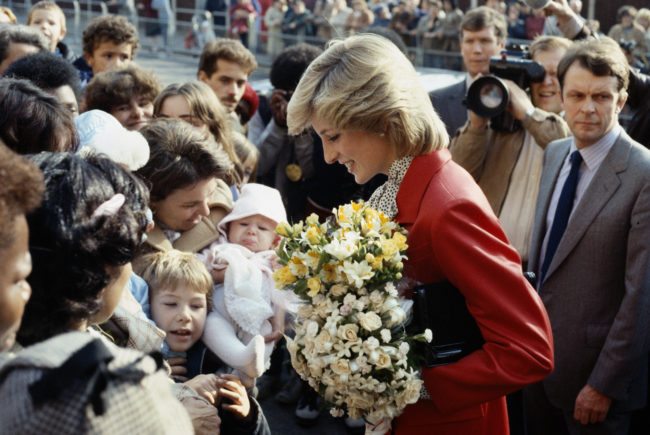
Princess Diana
While negative attitudes towards those living HIV persist, Diana’s positive legacy in the area lives on.
Prince Harry has taken up his mother’s mantel repeatedly since taking his own identity as a royal.
“When my mother held the hand of a man dying of AIDS,” the young prince said, “no one would have imagined that just over a quarter of a century later treatment would exist that could see HIV-positive people live full, healthy, loving lives.”
In 2015, the fifth-in-line to the throne donned a red AIDS ribbon on Monday while he paid a visit to Mildmay, a charitable HIV hospital located in East London.
Following in his mother’s footsteps, Prince Harry met with patients, staff, and supporters.
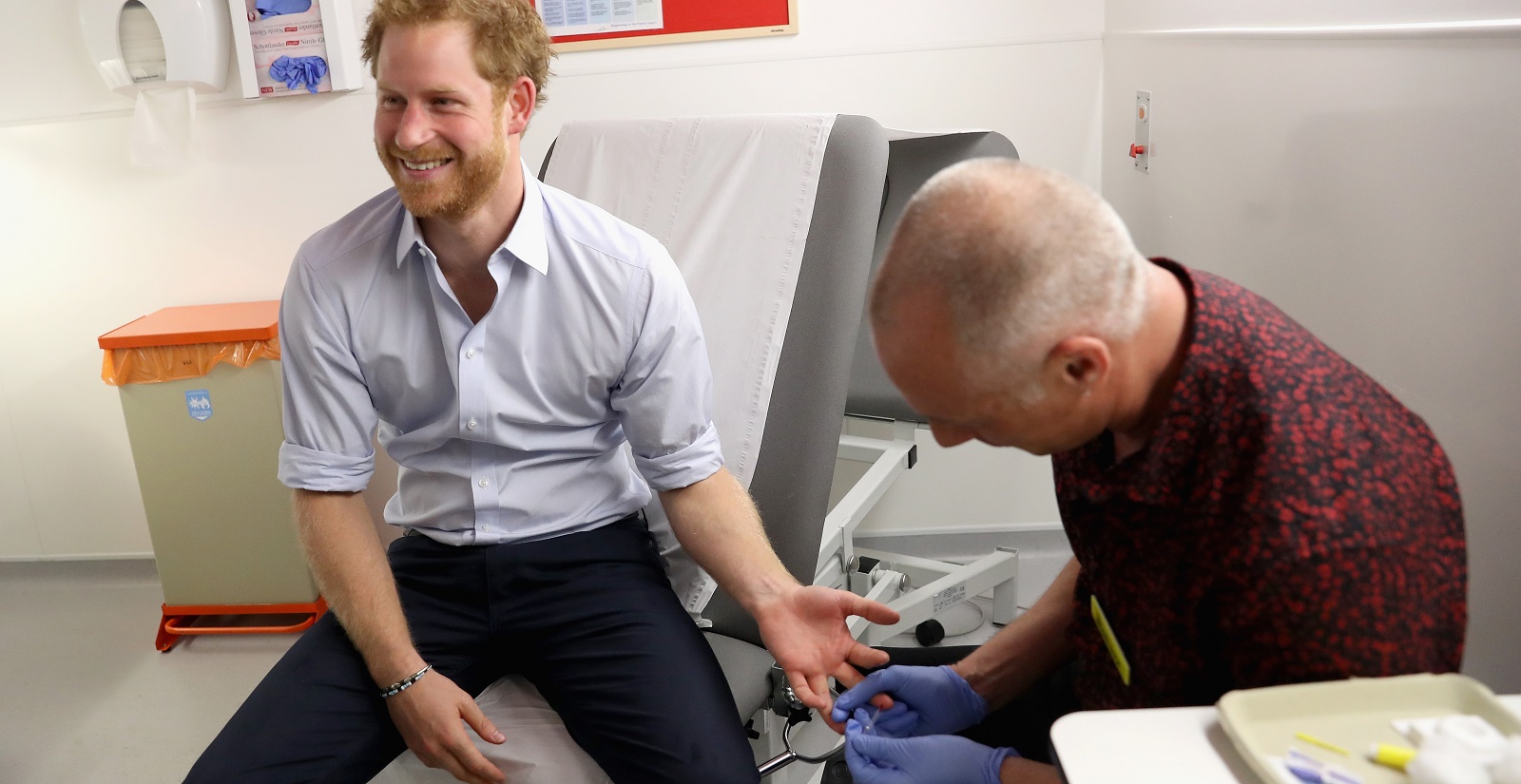
On BBC documentary ‘The Truth About HIV’, to mark the 20th anniversary, Prince Harry urged people to get tested in memory of his late mother.
He said: “If you’re not going to get tested for yourself and you’re not going to go and get tested for your loved ones that you could possibly infect, then…
“I don’t know if it’s a selfish thing to say or not, but if you respect what my mother stood for, go and get tested for her.
“It’s 20 years next year since she died, and 30 years ago she was in this hospital [HIV clinic Mildmay] and she did something that no-one else had ever done before.
“If she were still here today, she would probably get tested every month, just to prove a point.”
Diana became a patron of the National AIDS Trust, continuing to challenge the stigma for the remainder of her life.
HIV AIDS charities celebrate her contribution to transforming attitudes to this day.
Today it's 20 years since Prince Diana's death. We're remembering & celebrating all she did to tackle the stigma that surrounds HIV #Diana20 pic.twitter.com/Kb91LDkmJj— Terrence Higgins Trust (@THTorguk) August 31, 2017
In my view this was the single most important, profound, humane and influential non-medical intervention that turned the tables on #hiv https://t.co/0UFwDZMIaI— Dr Christian Jessen (@DoctorChristian) August 31, 2017
During very dark times Diana led the way showing compassion, changing perceptions & supporting the fight against HIVAIDS #Diana20 pic.twitter.com/XlhIJ78vX9— Tom Knight (@TJ_Knight) August 31, 2017
Groundbreaking moment: Princess Diana shook hands with AIDS patients without gloves – dispelling fears that HIV is passed by touch. #Diana20 pic.twitter.com/OxW0bLHkRo
— Ross Purves (@RossSPurves) August 31, 2017
Her sons continue to keep the legacy of charity work alive.
Prince Harry has taken HIV tests on numerous occasions in recent years, including with popstar Rihanna, speaking openly about his mother’s reputation.
The Diana Award also continues her work, campaigning to end stigma around HIV AIDS to this day.
Mercy is following in
Princess Diana's footsteps, campaigning to remove the stigma still attached to
HIV/ AIDS #DianasLegacy pic.twitter.com/rPQtH9MKk0— The Diana Award (@DianaAward) August 30, 2017
Meanwhile Prince William has gone beyond any other royal in tackling bigotry, appearing on the cover of British gay magazine Attitude to condemn homophobic bullying.

